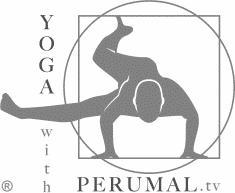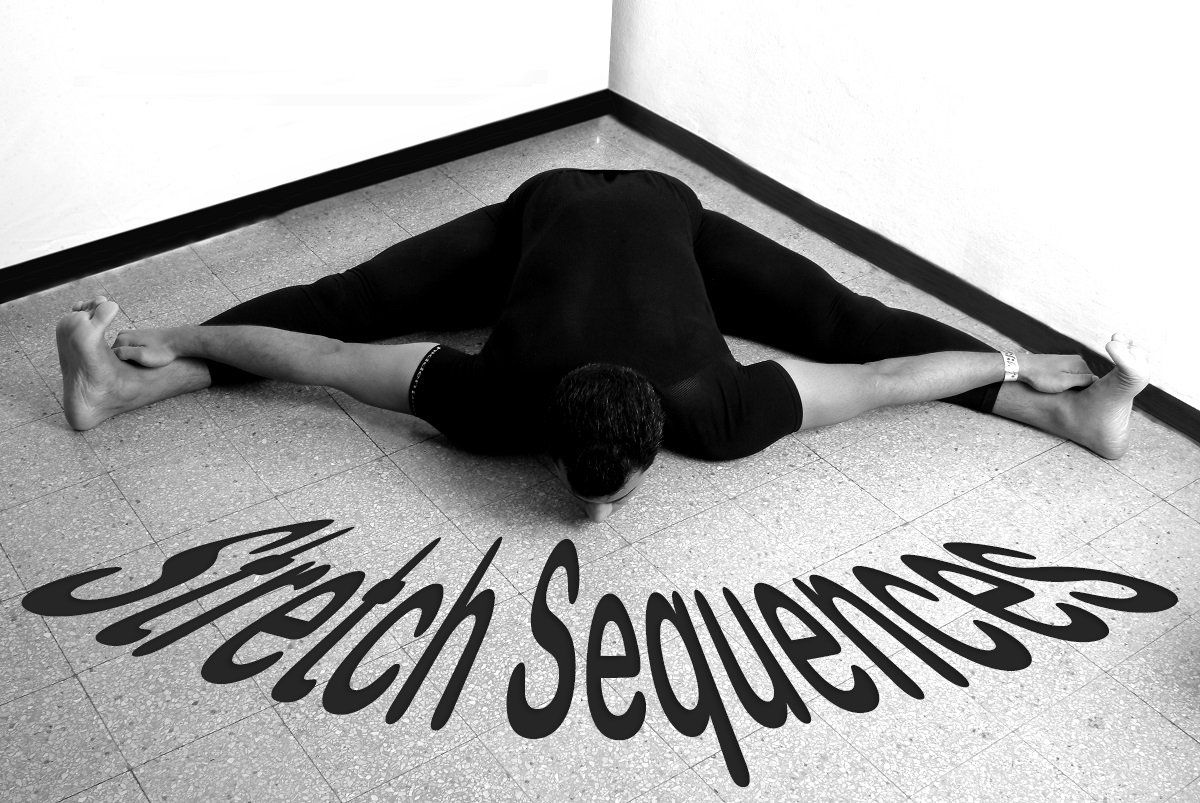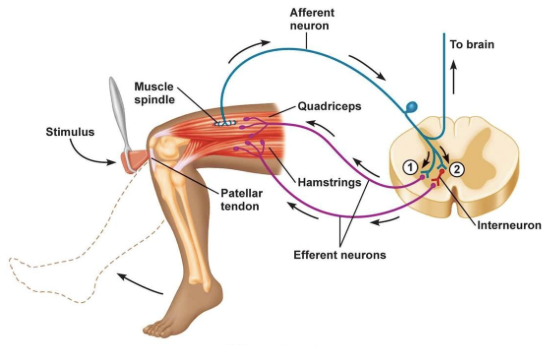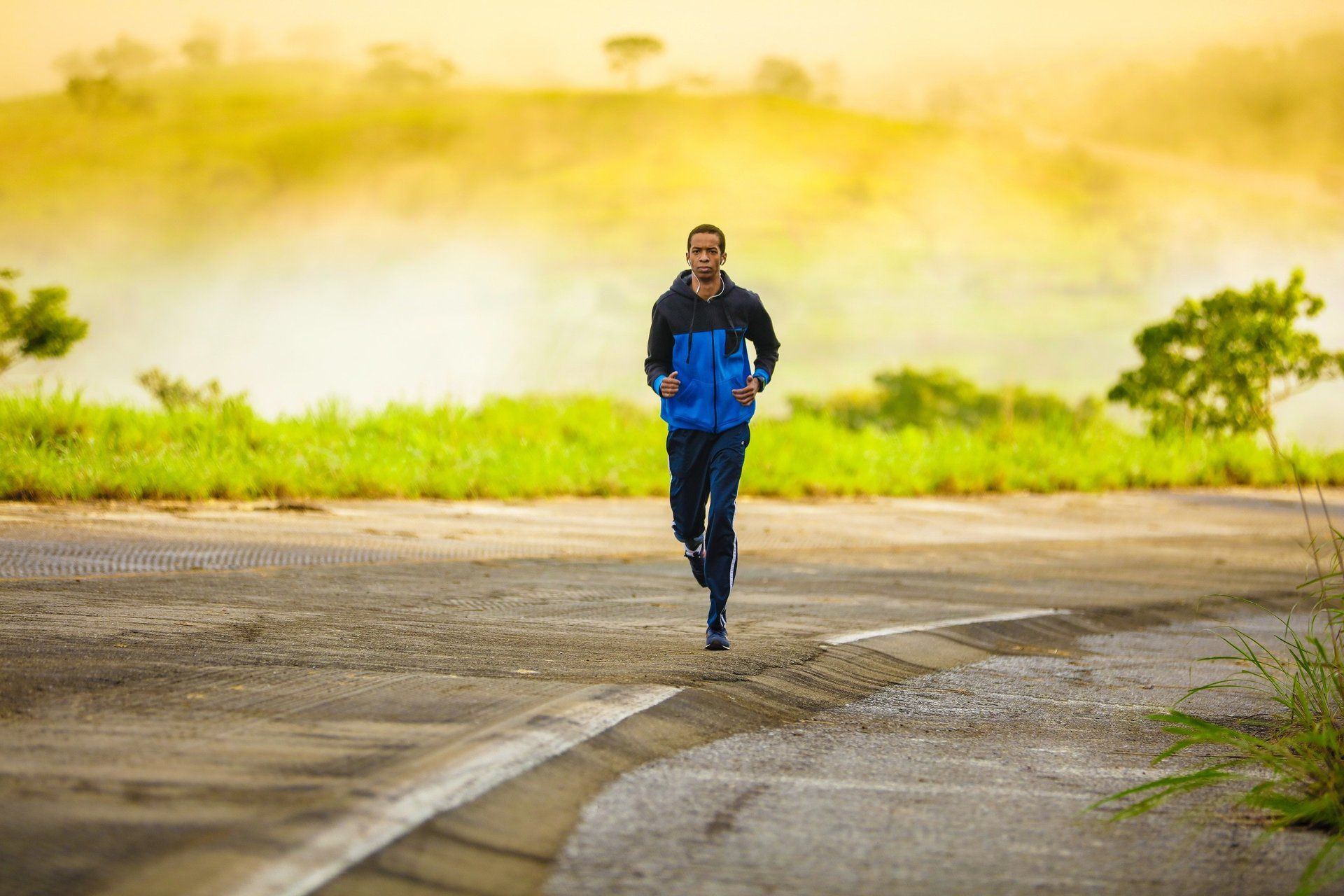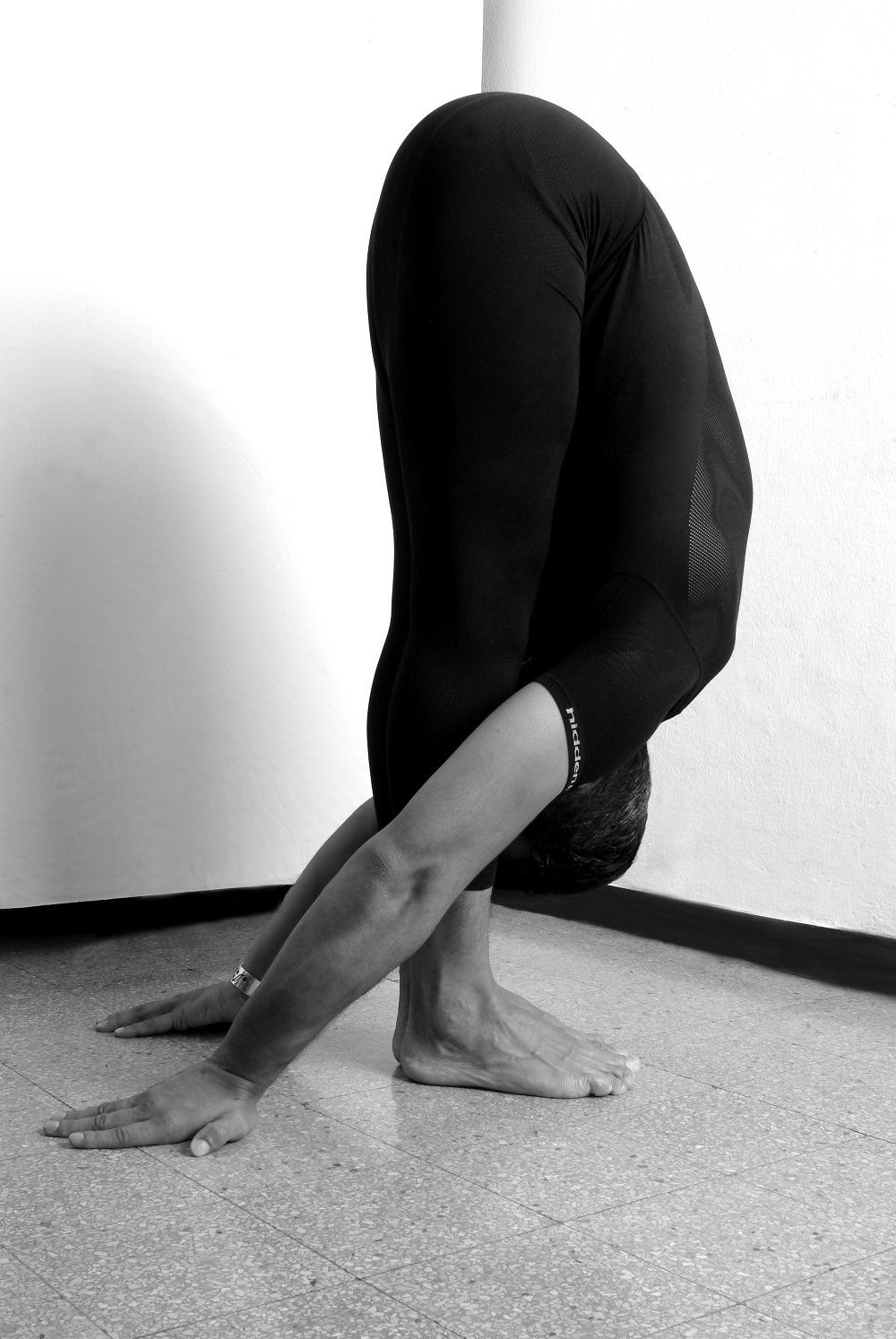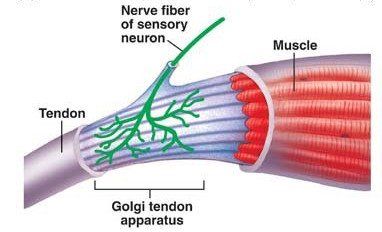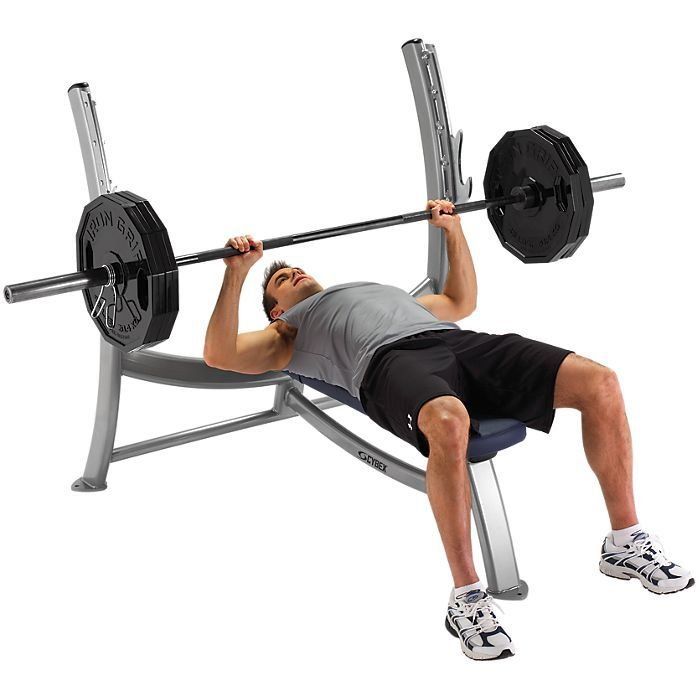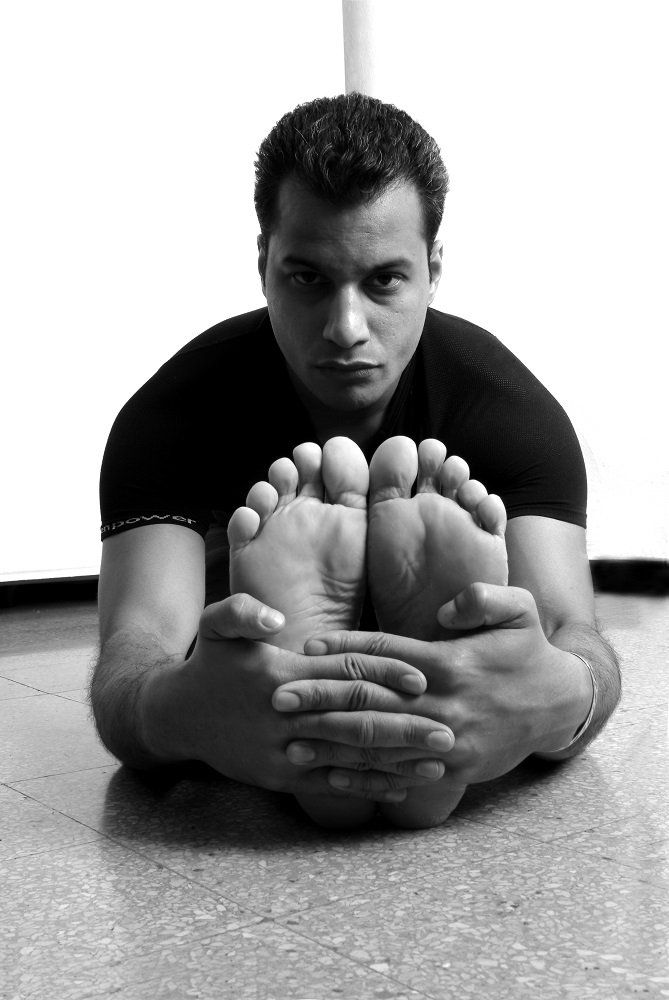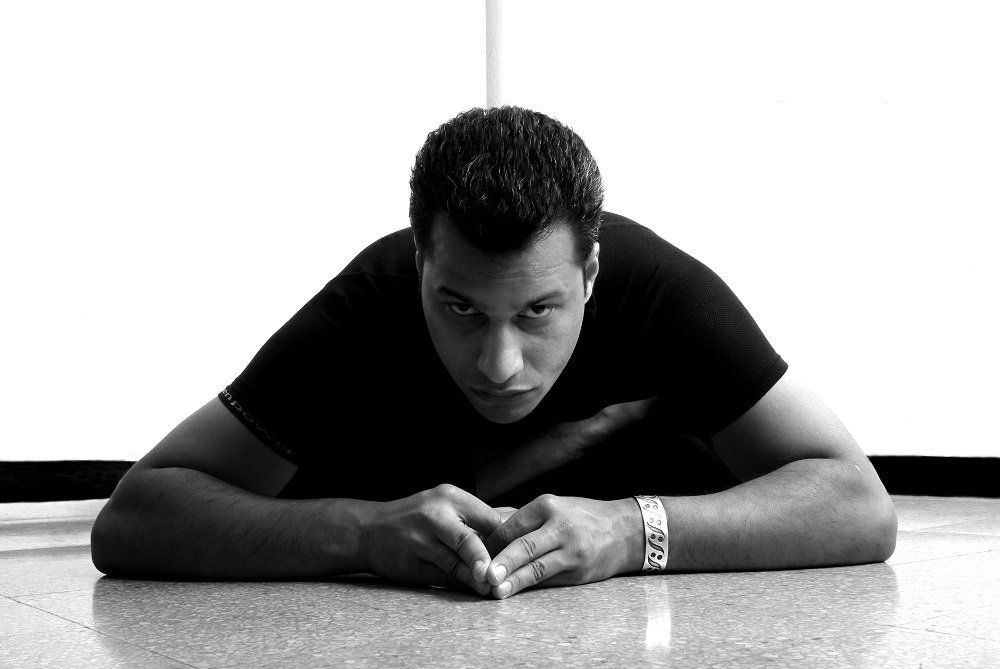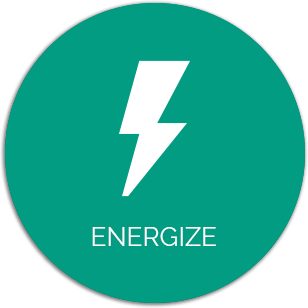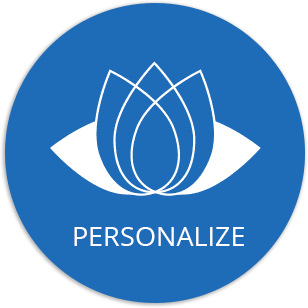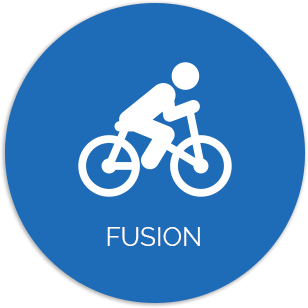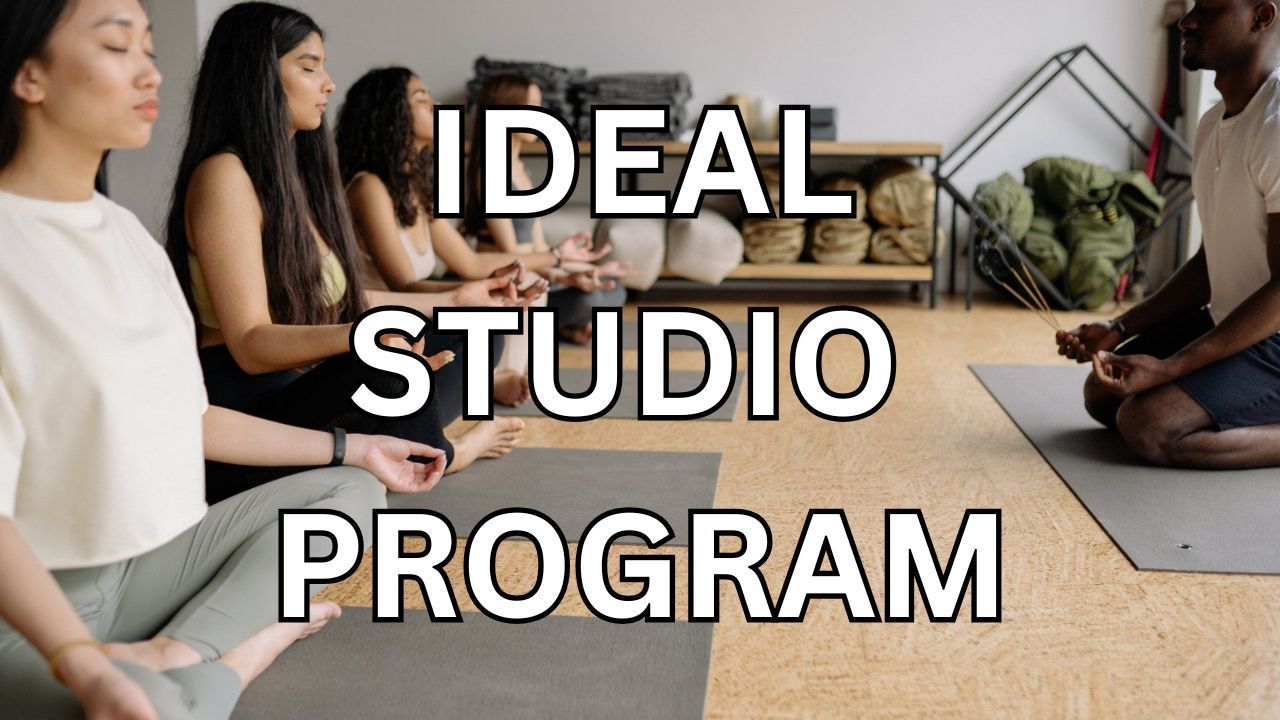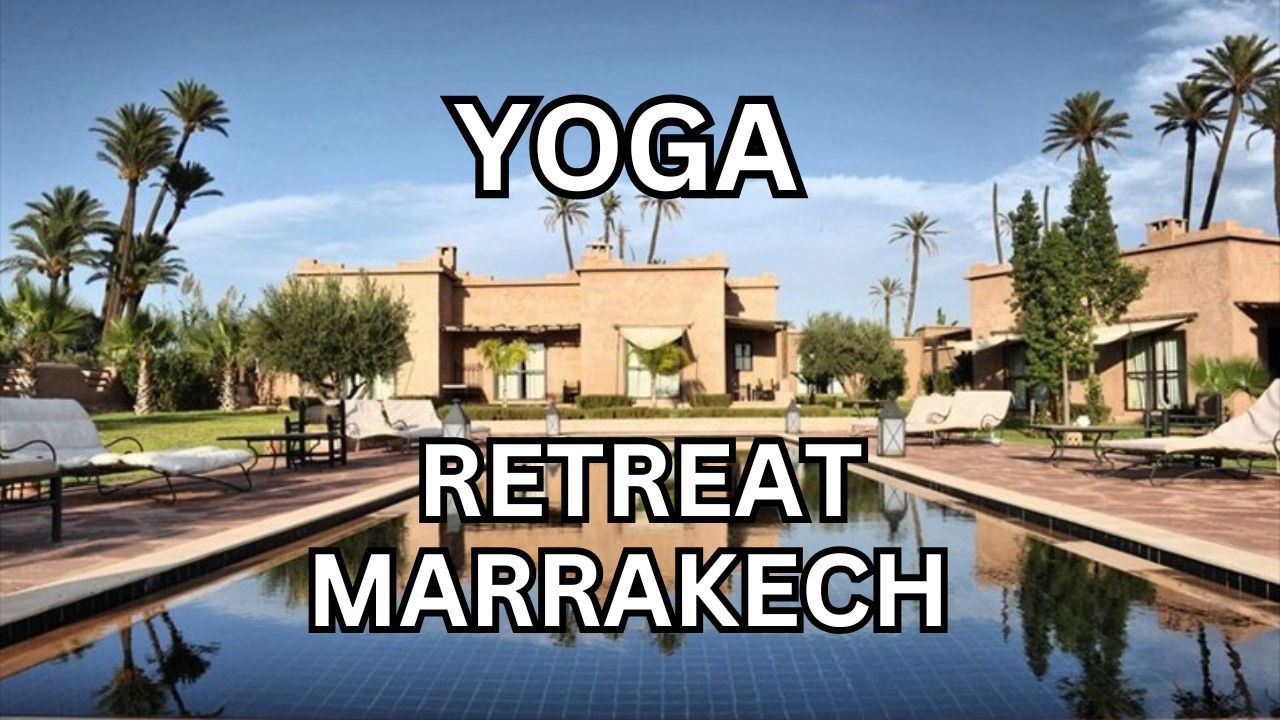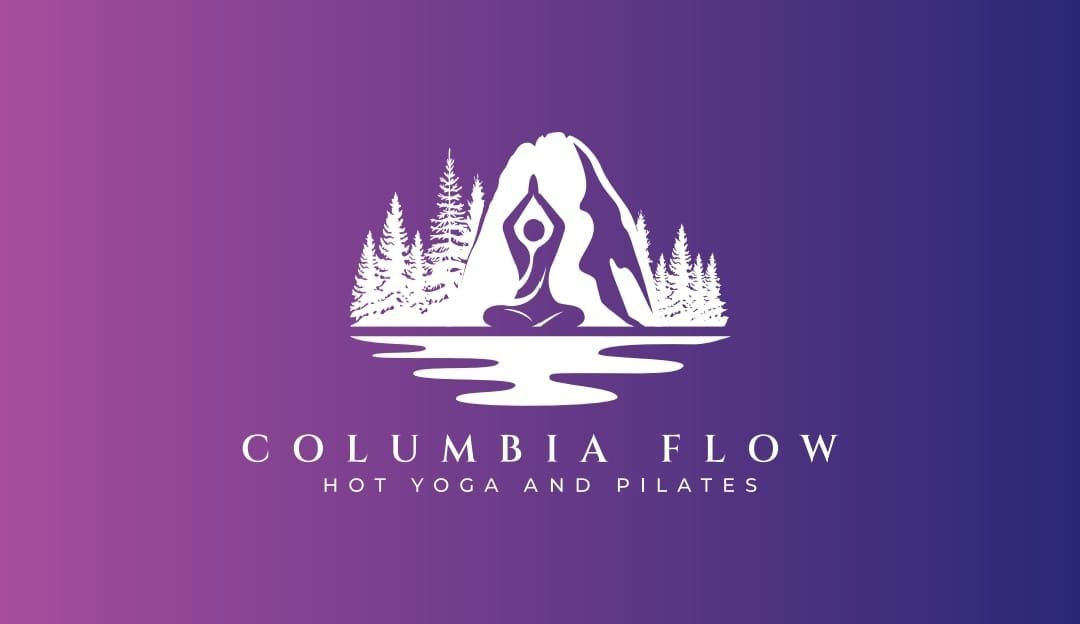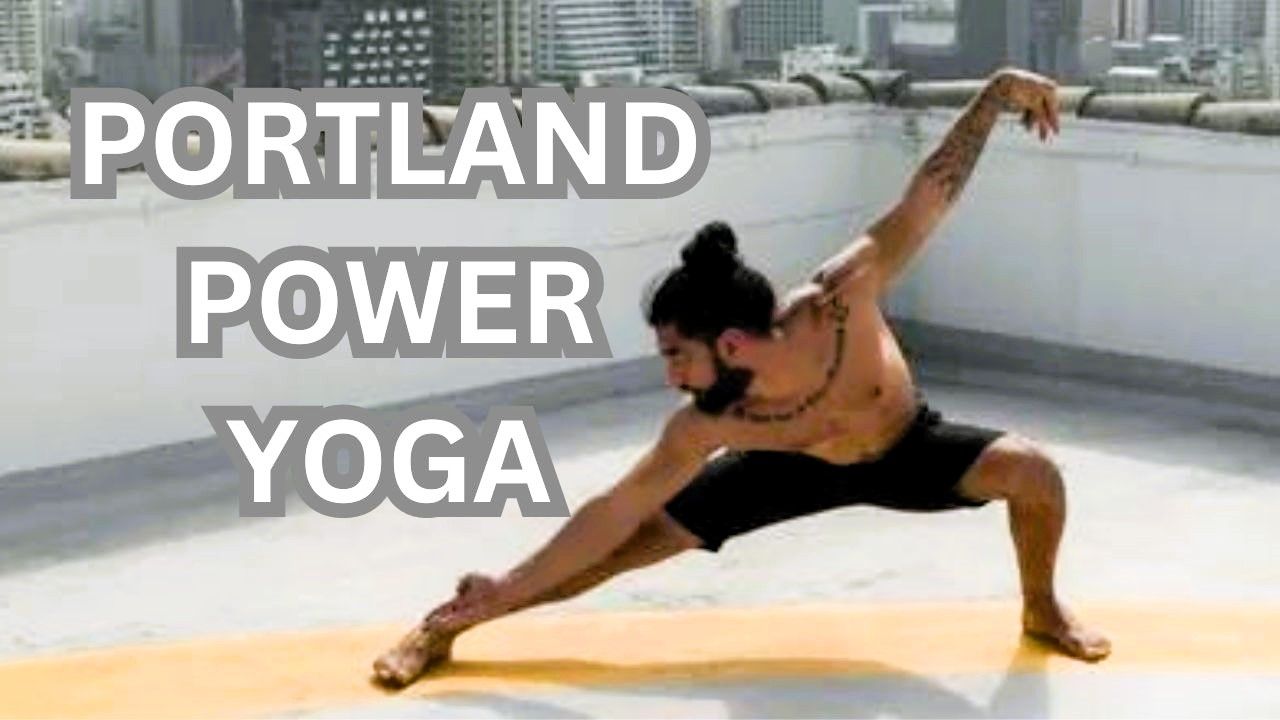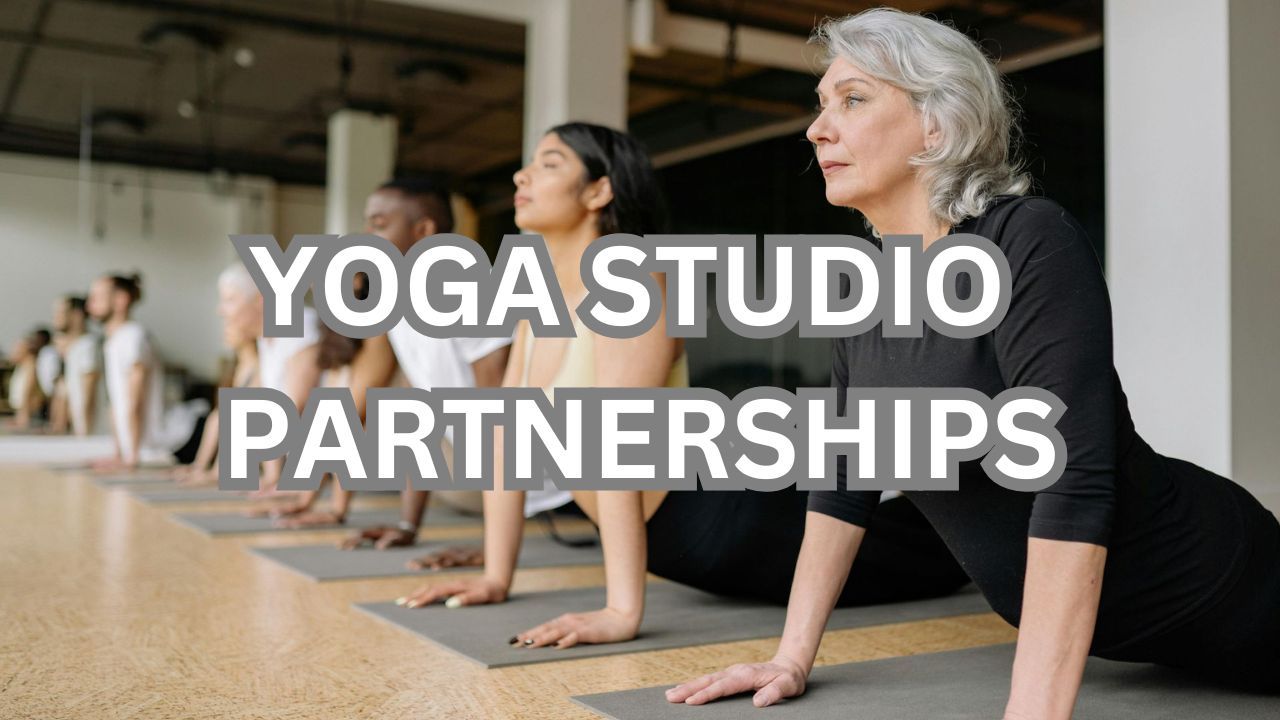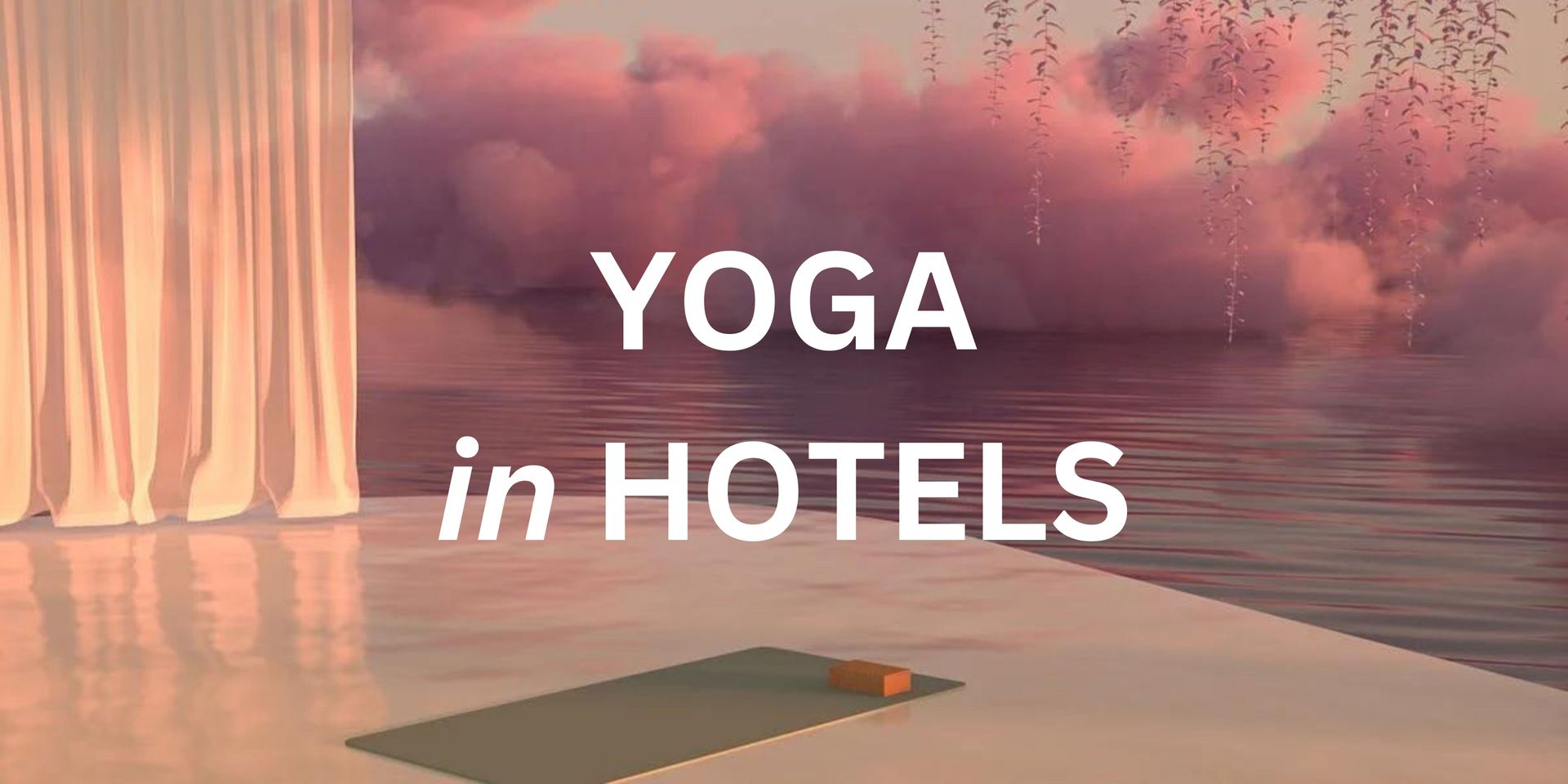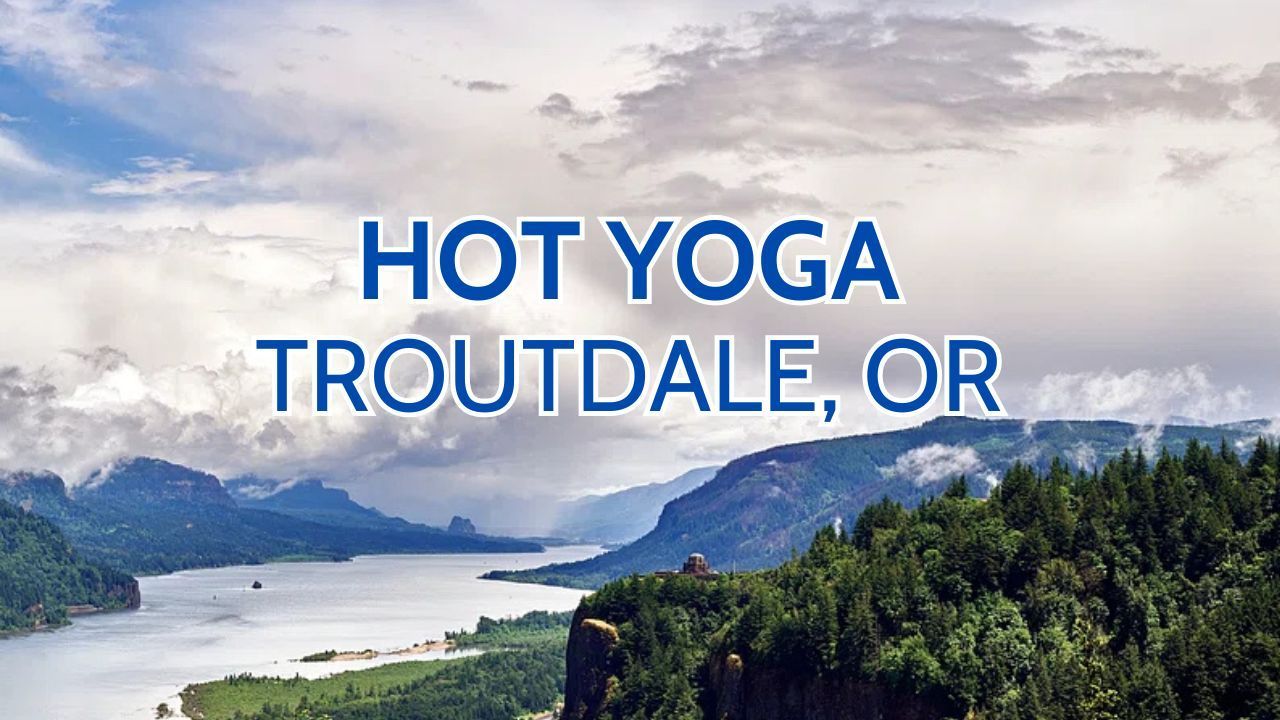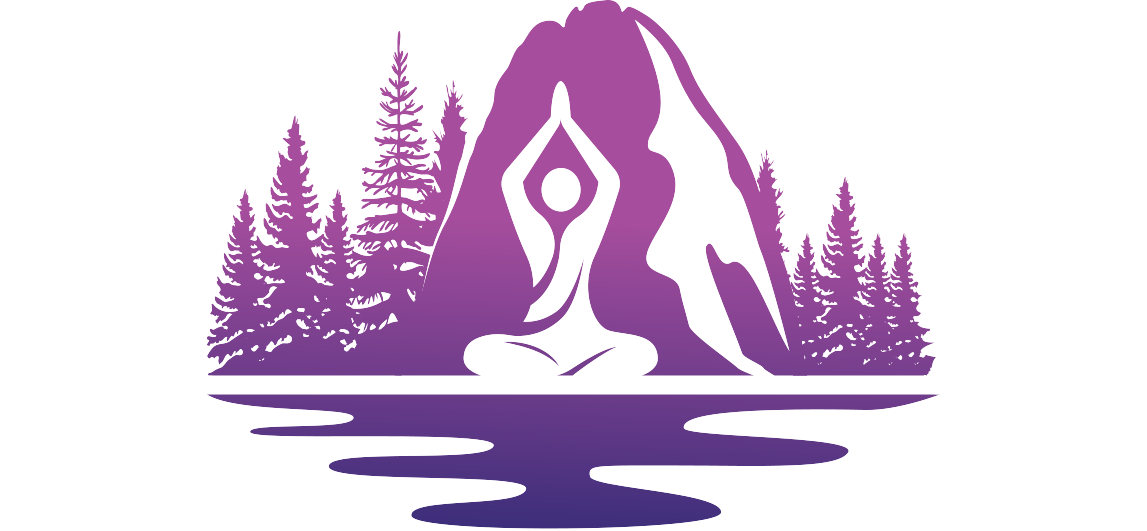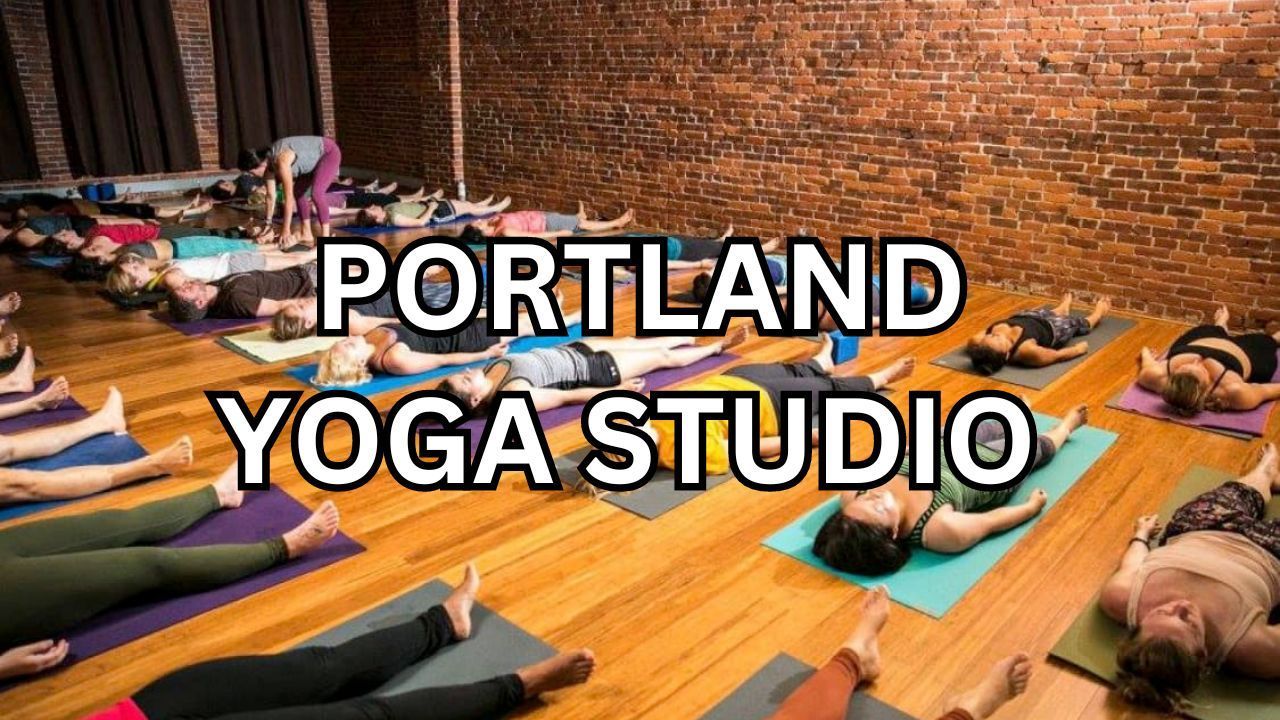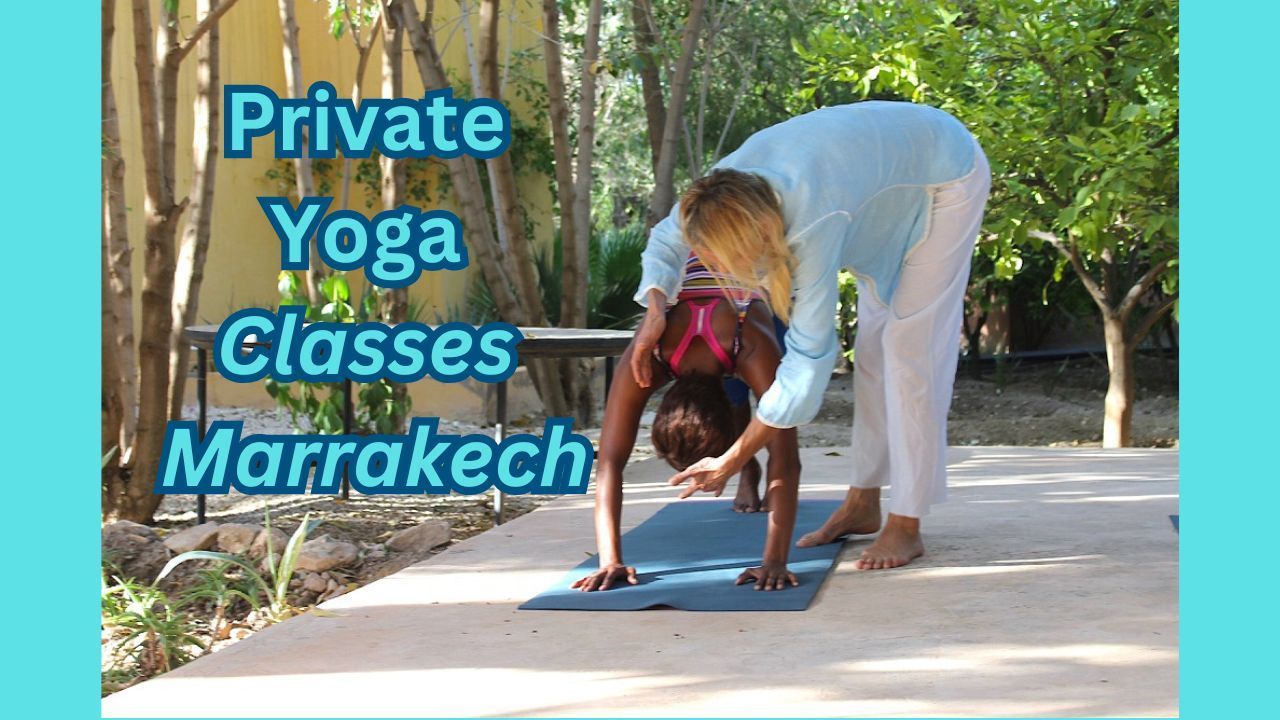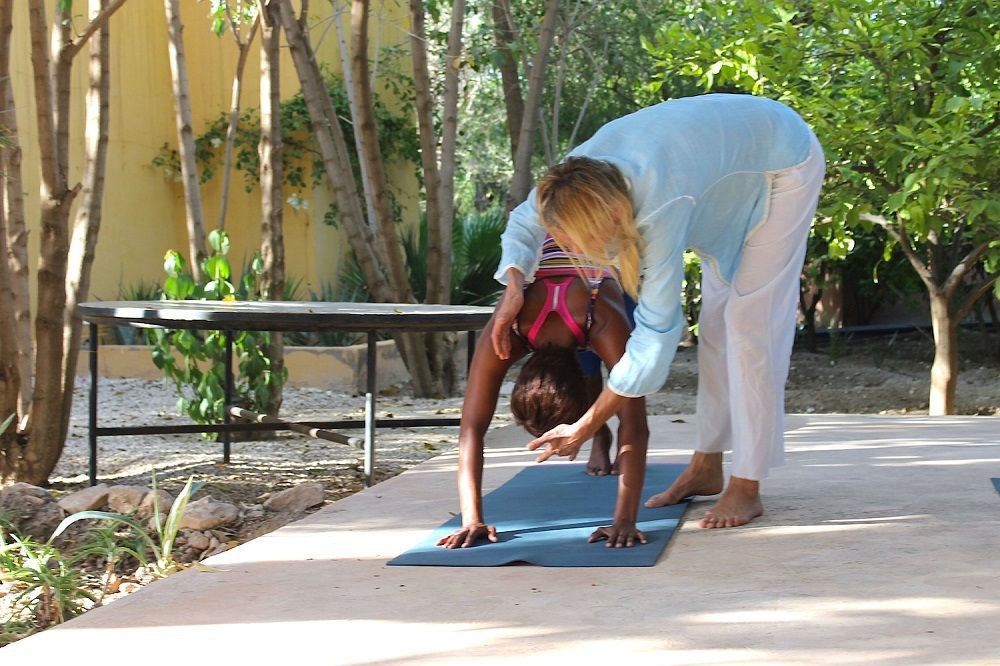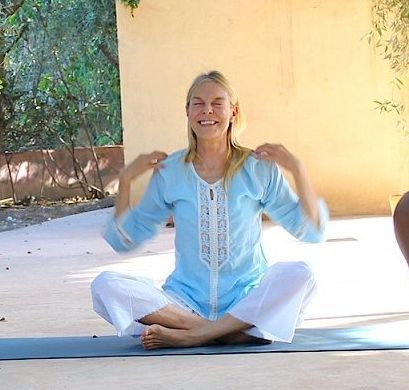How does the reflex help us? For example, water skiers would collapse quickly at every small bump their skies pass over. Instead, the bumps pull the muscle spindles within the quadriceps causing unconscious muscular contractions of the thigh to keep skiers from falling. How may this affect a yoga posture? When this reflex is overly stimulated the muscles involved shorten and become less flexible. Runners mildly stimulate this reflex in their legs with every step. Running across a crosswalk is not a concern. It is the thousands of impacted steps over a thirty-minute run that stimulates the reflex enough times to tighten and shorten muscles. Most avid runners can agree that flexibility tends to be an issue in their legs.
This is why it is advisable to avoid jumping and bouncing in and out of postures and sequences such as Sun Salutations. Practicing yoga with a lot of bounciness triggers the Myotatic Stretch Reflex making it harder to open and lengthen the muscles for deeper stretches.
On the other hand, the “Clasp Knife Reflex” causes muscles to relax. Certain pocket knives when folding the blade back into the handle resists closing up to a certain point. After this point, the blade snaps into place. Similarly, our muscles resist stretching and then opens up to relax for a deeper stretch. The Clasp Knife Reflex occurs when receptors within the tendon that are connecting the muscles of concern to the bone become stimulated through steady pressure. These receptors are known as “Golgi Tendon Organs” signal the spine to send another signal back to the muscle the tendon is connected to. The signal sent to the muscle causes it to relax.
The main way this reflex work is best seen in weight training. Those who bench pressed will notice that when pushing to failure the arms quite almost instantly at the failure point causing the bar to lower back to the chest requiring the spotter to help. This is because at the point of failure of the Golgi Tendon Organ signals to have the muscle relax. If this relaxation signaling of the muscles did not occur when the tendon receiving too much pressure would tear. Avoid tears by practicing at no more than 80% of the maximum.
Despite this commonly known example of the Clasp Knife Reflex we also use it within yoga. The best example is when waking first thing in the morning to do a forward bend with the knees slightly bent while hugging the quads. Slowly extend the knees and hold with a firm stretch for 30 seconds. Release the pose and return after a minute to see how much looser it is with the knees straight. The extra flexibility experienced on the second stretch is clasp knife reflex at work.
To follow the guidelines of the reflexes it is not necessary to know the anatomy. Hold stretches without bouncing and moving through dynamic sequences without force and flair. Enter and exit a yoga posture slowly and smoothly. Then while holding yoga postures remain in a space of stillness. Without knowing anatomy the reflexes will be worked with and the yoga practice will improve with fewer chances of injuries. A regular yoga practice done over long periods creates an intuitive sense of the two reflexes.
PRIVATELY AVAILABLE
Perumal's private yoga sessions, employing the Yoga with Perumal Retreat Method, are personalized and highly effective. The tailored approach ensures individual needs are met, focusing on personalized sequences and progressive learning. Emphasizing meditation and relaxation promotes enhanced relaxation and mental clarity. With a focus on correction, alignment, and adaptability, injuries are managed and progress tracked. The holistic approach encompasses physical, mental, and emotional well-being. Overall, these sessions offer a fulfilling yoga practice, supporting individuals in achieving their wellness goals through personalized attention and a comprehensive yoga experience.
